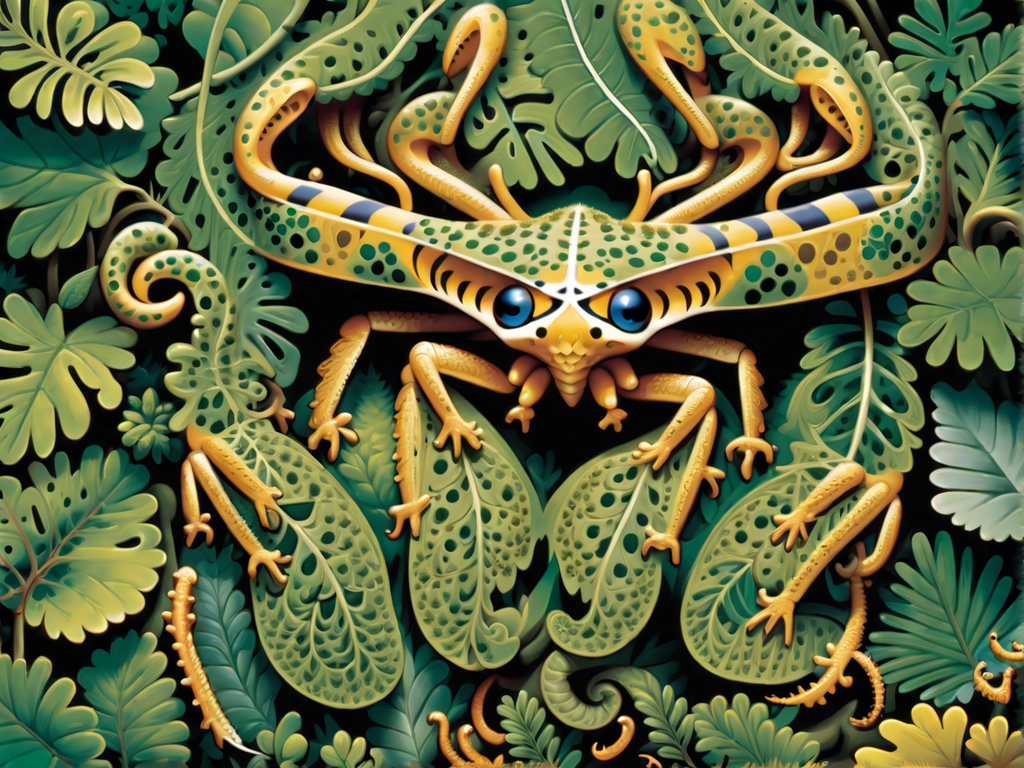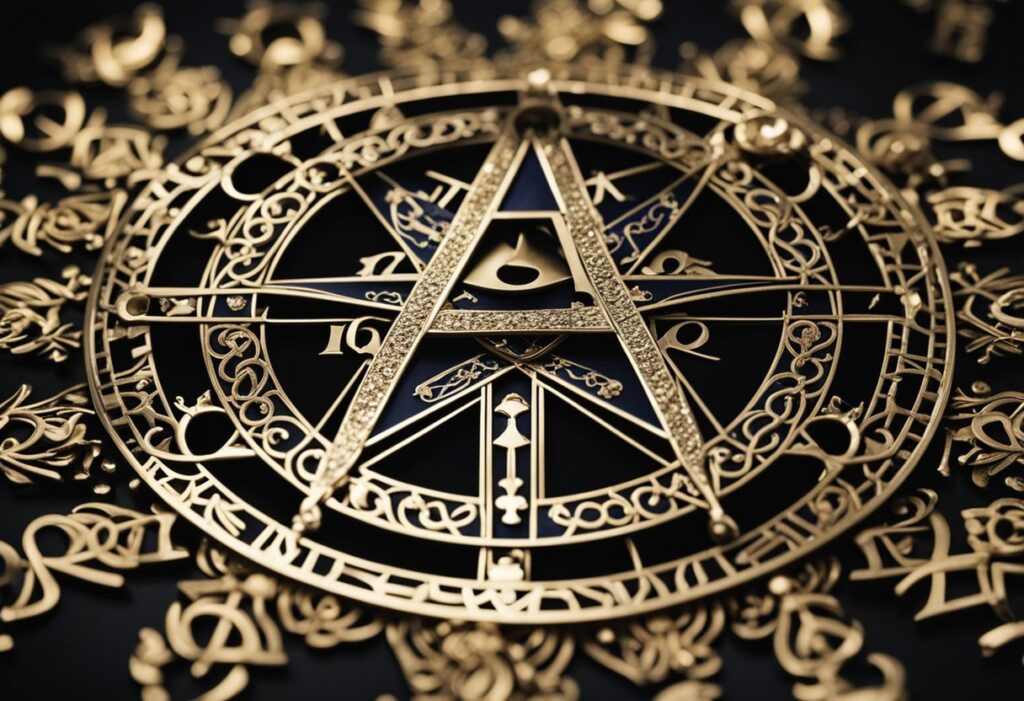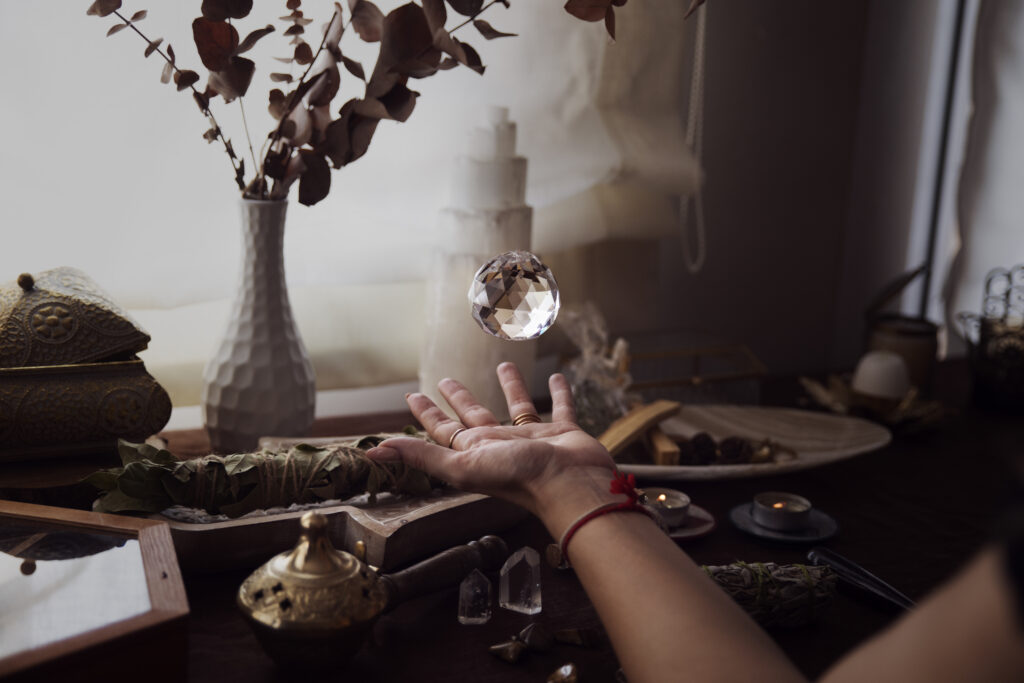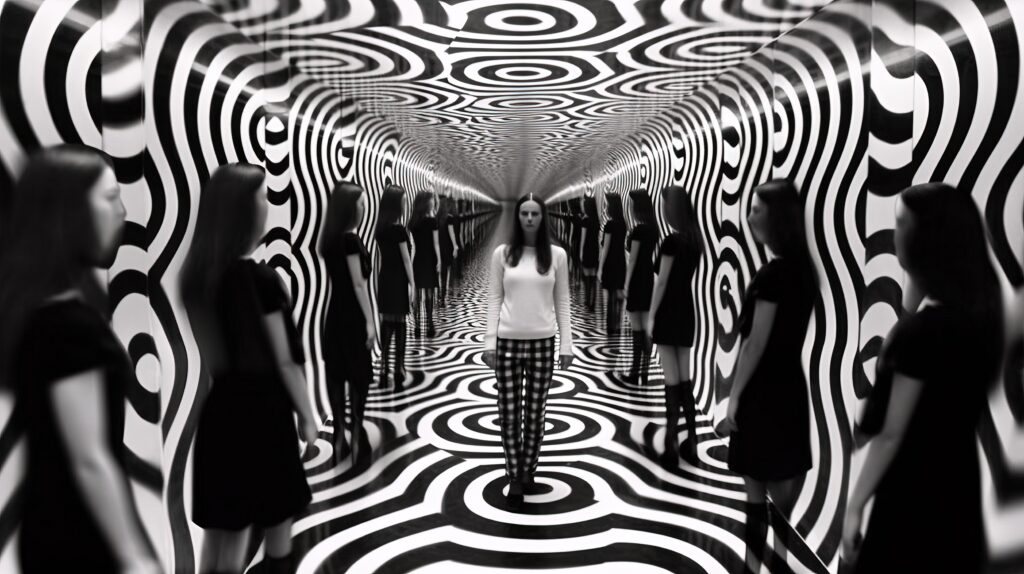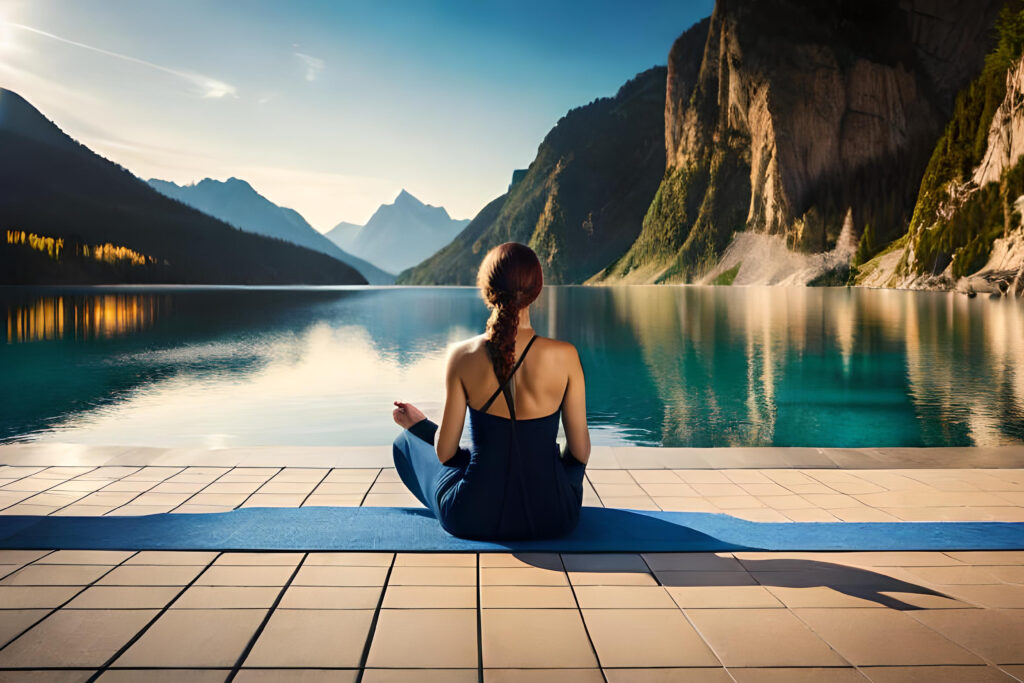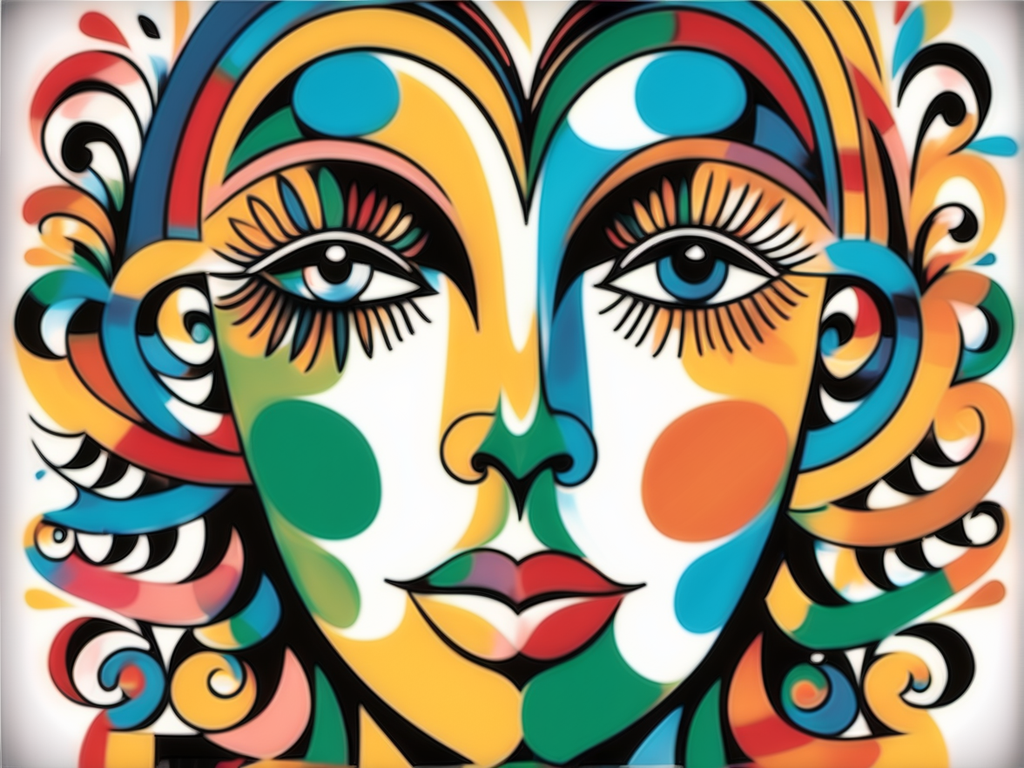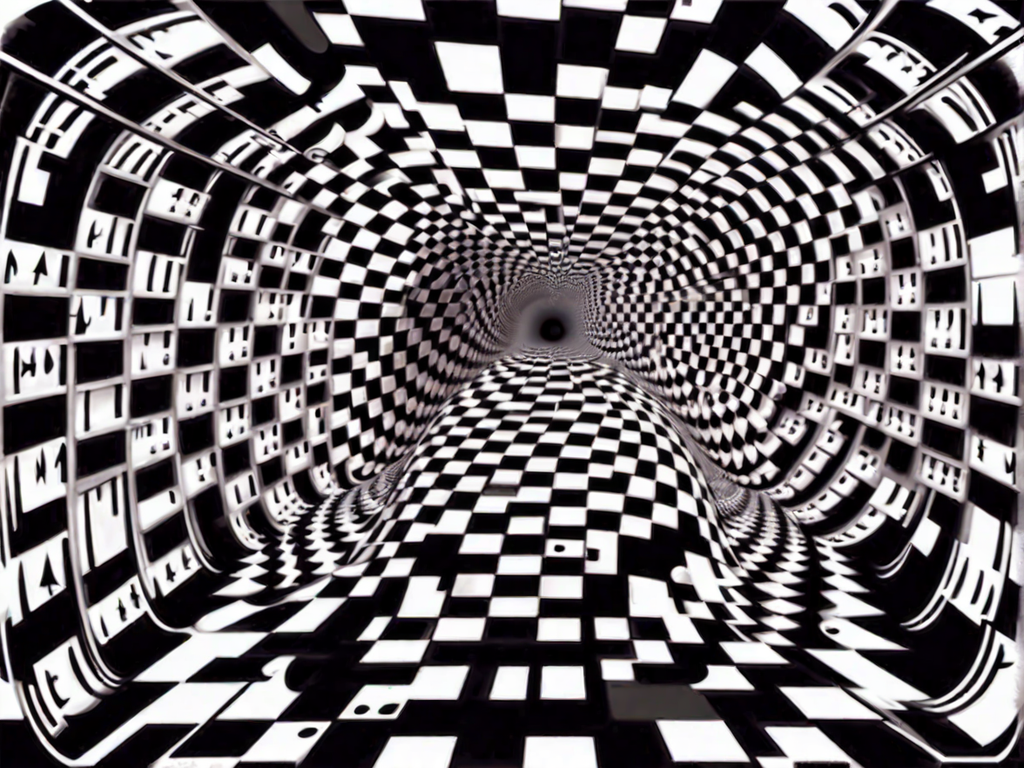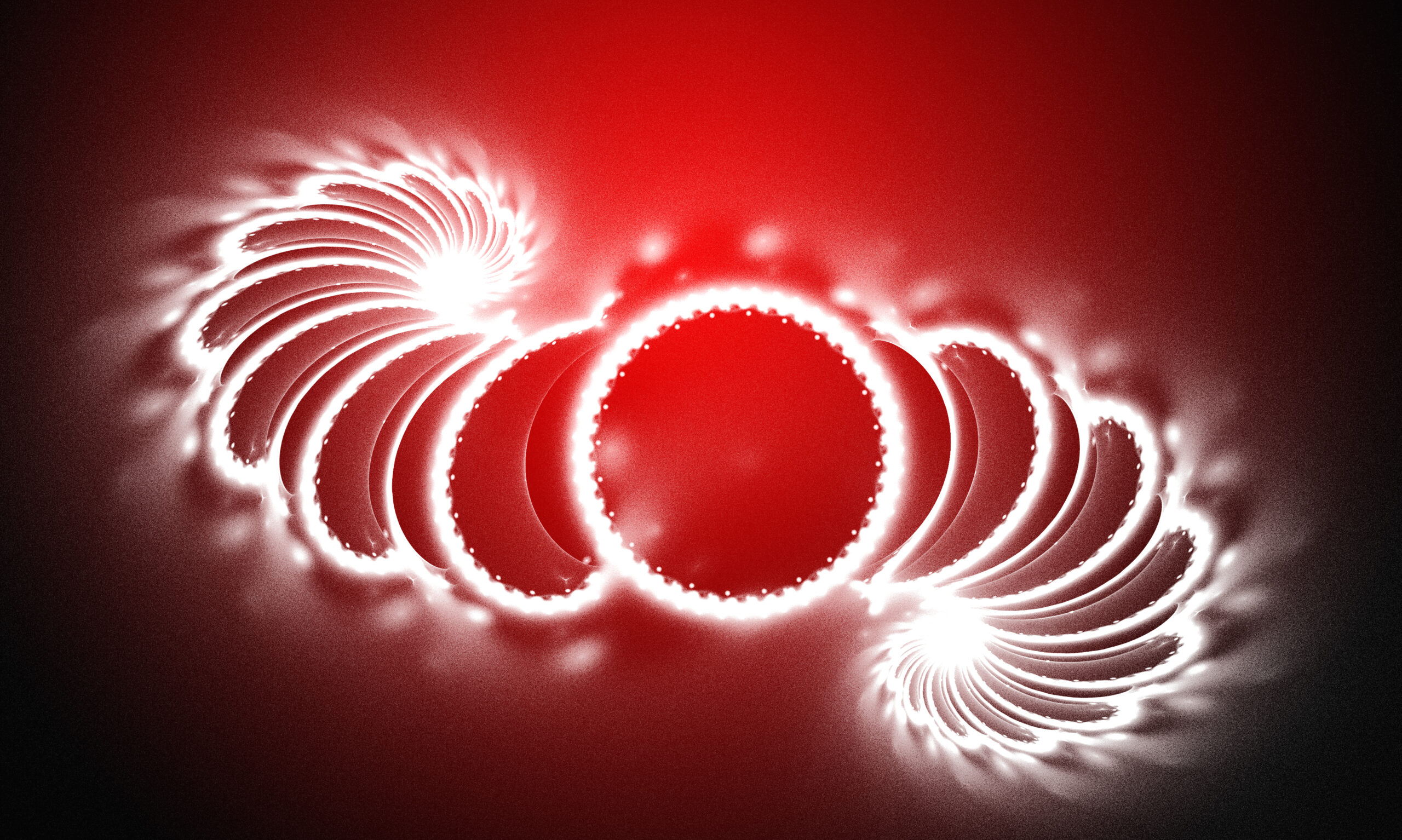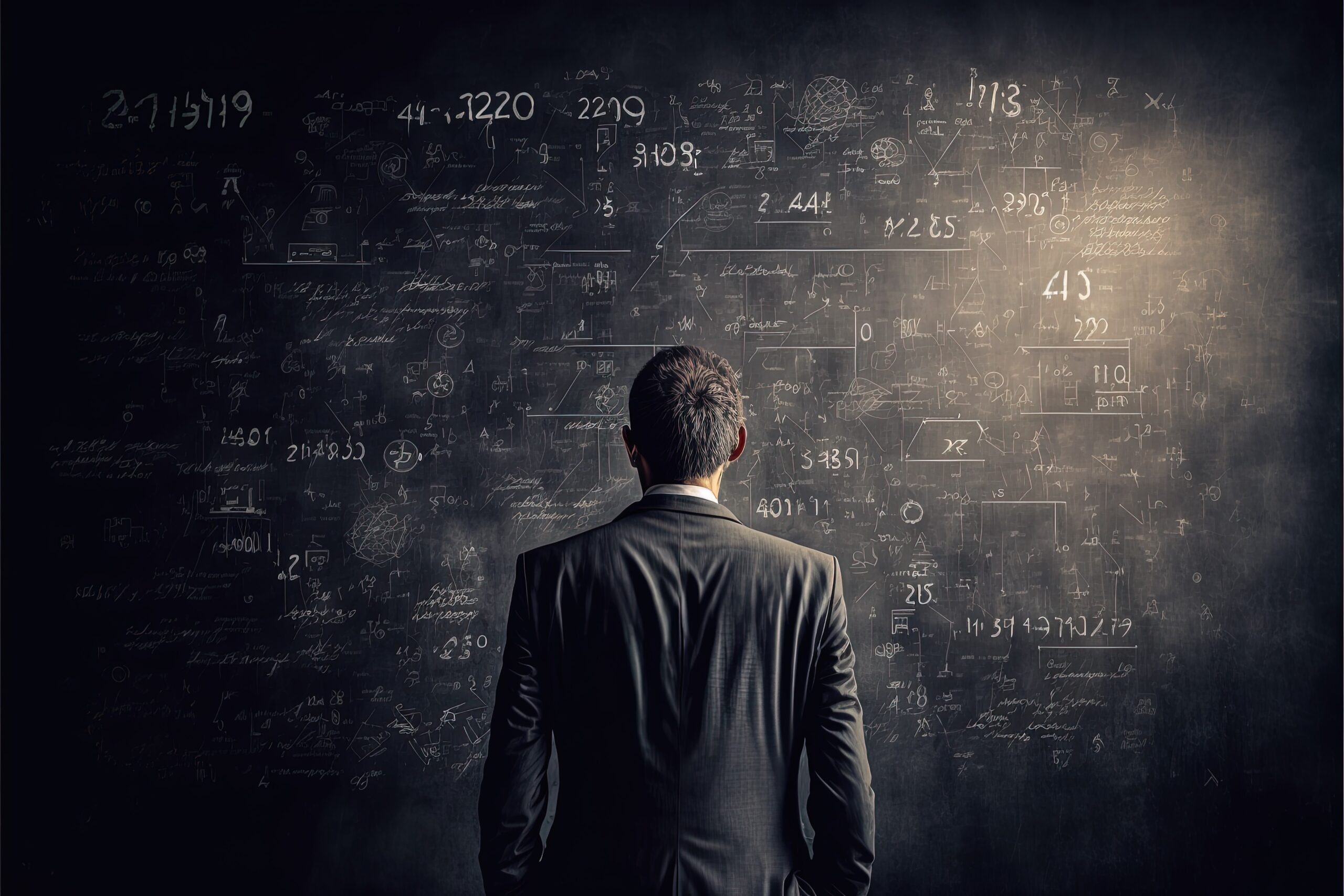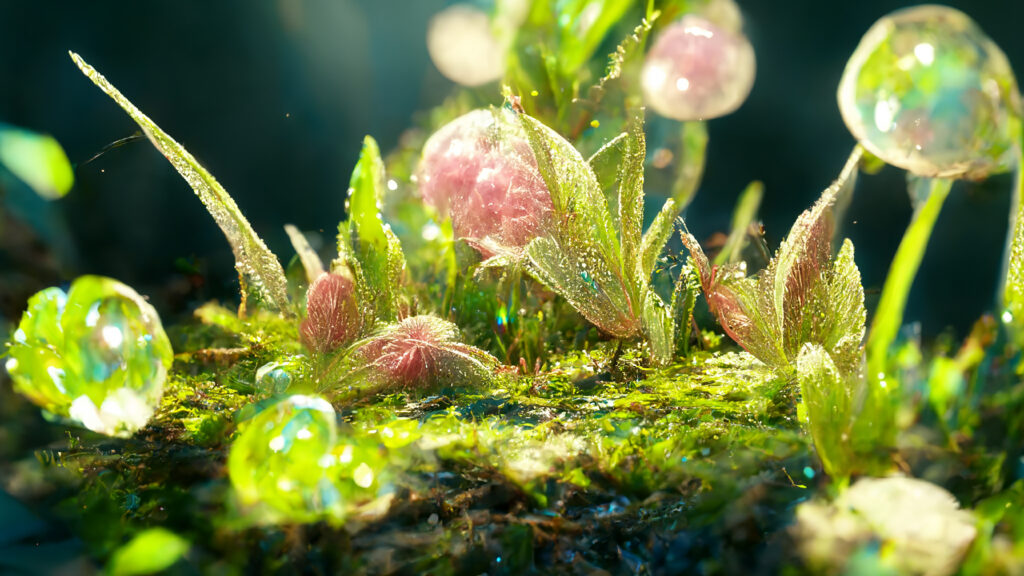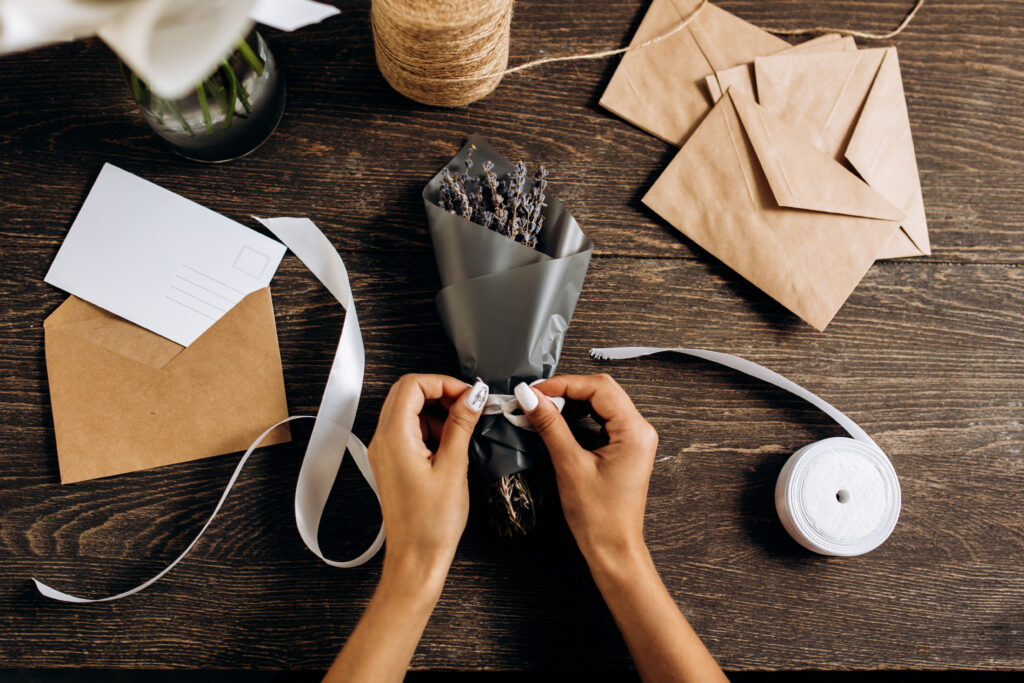Our exploration will begin by understanding the concept of the visible spectrum, the range of colors that we can perceive with our human eyes. By unraveling the mysteries of the visible spectrum, we will uncover the intricate relationship between different colors and their wavelengths. Together, we will delve into the realm of electromagnetic waves, where colors come alive.
As we progress, we will dive into the realm of color psychology, where colors can evoke specific emotions and even influence our behavior. Did you know that certain colors are associated with feelings of calmness, while others can evoke energy and excitement? We will explore the profound impact that colors have on our thoughts, feelings, and actions.
Furthermore, we will unravel the neurobiology of color and how our brain processes and interprets color information. Discovering how the human brain perceives and decodes colors will give us new insights into the enchanting interplay between our senses and the world of colors.
Throughout our journey, we will also explore the practical applications of colors in various fields. From design and marketing to branding and beyond, colors play a crucial role in conveying messages, influencing consumers, and creating memorable experiences.
So join us as we embark on this colorful expedition, where science meets art and perception meets reality. Together, let’s explore the science of colors and uncover the myriad ways they impact our lives.

The Basics of Color Science
In this section, we will establish a foundation of knowledge about color science. We will discuss how our eyes perceive colors, the theories of color harmony, and the fundamentals of color mixing.
Color science is the interdisciplinary field that explores the countless fascinating aspects of colors, including their perception, theory, and applications. By examining the principles behind color perception and exploring the theories that govern color harmony, we gain a deeper understanding of how colors impact our lives.
When it comes to color perception, our eyes play a crucial role. The human eye is capable of perceiving a vast spectrum of colors. The process involves light reflecting off objects, entering our eyes, and stimulating specialized cells in the retina called cones. These cones are responsible for detecting and differentiating various wavelengths of light, which we perceive as colors.
In the field of color theory, experts have developed various models and principles to understand how colors interact and complement each other. One fundamental concept is color harmony, which explores the aesthetic balance and pleasing combinations of colors. The color wheel, for example, is a widely used tool that organizes colors in a circular format, showcasing their relationships and facilitating the creation of harmonious color schemes.
Another essential aspect of color science is color mixing. The ability to blend colors and create new hues is fundamental in art, design, and various industries. Understanding the principles of color mixing allows us to achieve desired color effects, harmonize color palettes, and create visually captivating compositions.
“Color science provides us with a framework to explore the intricate world of colors, from their perception to their applications. It merges elements of physics, biology, psychology, and art, offering valuable insights into the role colors play in our everyday lives.” – Dr. Melissa Green, Color Scientist
To illustrate the basics of color mixing, let’s take a look at the primary colors – red, blue, and yellow. When these primary colors are combined in different proportions, they give rise to a vast array of secondary and tertiary colors. Here is a table showcasing some common color mixing results:
| Primary Color 1 | Primary Color 2 | Mixed Color |
|---|---|---|
| Red | Blue | Purple |
| Blue | Yellow | Green |
| Red | Yellow | Orange |
Understanding the basics of color science provides a solid foundation for further exploration into the captivating world of colors. In the following sections, we will delve deeper into the psychological and cultural aspects of colors, the visible spectrum, color perception in the human brain, and the practical applications of colors in various fields.
The Psychology of Colors

In the captivating field of color psychology, we explore the profound impact that colors have on our emotions and behavior. Colors have the power to evoke specific feelings, create an atmosphere, and even influence our decision-making.
Color psychology is the study of how different colors can elicit emotional responses in humans. For centuries, cultures around the world have ascribed symbolic meanings to certain colors, which further shapes our perception and understanding of color.
Let’s take a closer look at some commonly associated emotions with specific colors:
Red: Passion, energy, and excitement. It can also be associated with danger or aggression.
Blue: Calmness, stability, and trust. It is often seen as soothing and promotes feelings of relaxation.
Yellow: Happiness, optimism, and creativity. This vibrant color can evoke feelings of joy and energy.
These emotional associations with colors are not purely subjective; they stem from a combination of biology, culture, and personal experiences. Different societies and individuals may have varying interpretations of color symbolism, which adds to the rich tapestry of color psychology.
The Emotional Impact of Colors
Colors have the ability to evoke strong emotional responses within us. They can set the tone of a room, influence our perception of products, or even affect our appetite. Businesses and marketers utilize the psychology of colors to enhance brand perception, evoke desired emotions, and create memorable experiences.
For example, many fast-food chains use bold and vibrant colors such as red and yellow in their logos and interiors. These colors are believed to stimulate appetite and create a sense of urgency. On the other hand, upscale brands often employ elegant and sophisticated colors like black and gold to convey exclusivity and luxury.
The Symbolism of Colors

In addition to emotional impact, colors also hold cultural and symbolic meanings. These associations can vary across different cultures and historical contexts.
For instance, in Western cultures, white often represents purity, innocence, and peace, while in some Asian cultures, it is associated with mourning and funerals. Green is commonly associated with nature, growth, and fertility, while purple is often associated with royalty, power, and spirituality.
Understanding the symbolism of colors is crucial in design, branding, and communication. Different colors evoke different responses from individuals, making it essential to choose colors carefully to align with the intended message and audience.
By exploring color psychology, we gain insight into the intricate interplay between colors and human emotions. Whether we realize it or not, colors have a profound impact on our daily lives, shaping our perceptions, influencing our moods, and adding depth to our experiences.
Exploring the Visible Spectrum
Welcome to the mesmerizing world of the visible spectrum! In this section, we will embark on a journey to uncover the wonders of color perception and delve into the captivating realm of electromagnetic waves.
Human beings are fortunate to possess the ability to perceive a wide range of colors within the visible spectrum. This spectrum refers to the portion of electromagnetic waves that our eyes can detect, extending from the vibrant violet hues to the striking red shades.
How do these colors come to be? It all boils down to the wavelengths of light. Each color we see corresponds to a specific wavelength within the electromagnetic spectrum. Shorter wavelengths, such as those associated with the color blue, appear more energetic, while longer wavelengths, like those associated with red hues, possess lower energy levels. The visible spectrum encompasses this magnificent symphony of colors, each wavelength offering a unique visual experience.
The discovery of the visible spectrum played a pivotal role in our understanding of light and color. Sir Isaac Newton’s groundbreaking experiments with prisms in the 17th century unraveled the secrets of how visible light can be dispersed into its component colors. His experiments paved the way for the development of color theory and have profoundly influenced fields such as art, design, and even psychology.
The concept of the visible spectrum finds applications in various fields and industries. From photography and film to interior design and fashion, understanding the relationship between color wavelengths and human perception is crucial. By harnessing the power of the visible spectrum, artists, designers, and marketers can create visually stunning experiences and communicate their messages effectively.
Welcome to the mesmerizing world of the visible spectrum!
So, get ready to explore the extraordinary phenomenon of color wavelengths and the impact they have on our lives. Let’s embark on this visual adventure as we unravel the hidden secrets of the visible spectrum!
Colors and the Human Brain

When it comes to the fascinating world of color perception, the human brain plays a critical role. Our neurobiology enables us to process and interpret the colorful tapestry of the world around us. Let’s explore the intricate workings of color processing in the brain and uncover how it shapes our perception of the world.
The visual cortex, located at the back of our brain, is primarily responsible for processing color information. It consists of several specialized regions, each playing a specific role in color perception. One such region, the V4 area, is particularly involved in color processing. It helps us perceive and differentiate between different hues, shades, and saturation levels.
Neuroscientists have discovered that color processing in the brain involves a complex interplay of neural pathways and circuits. As light enters our eyes, it triggers a series of electrochemical signals that are relayed to the visual cortex. Different wavelengths of light correspond to different colors, and the brain translates these wavelengths into the vibrant hues we perceive.
Interestingly, our perception of color is not as objective as we might think. It can be influenced by various factors, including context, lighting conditions, and individual differences in color vision. For example, people with color vision deficiencies may have difficulty distinguishing between certain colors due to abnormalities in the cones, the photoreceptor cells responsible for color vision.
“Color perception is an intricate dance between the external world and our brain’s interpretation. It is a beautifully complex process that highlights the marvels of our neurobiology.” – Dr. Jane Stevens, Neurobiologist
Our brain’s ability to interpret and process colors plays a significant role in our everyday lives. It helps us identify objects, navigate our surroundings, and even influences our emotions and behavior. Advertisers and marketers often leverage the power of color psychology to influence consumer decisions, using specific colors to evoke desired emotions or convey brand messaging.
Understanding the neurobiology of color processing paves the way for exciting advancements in various fields, such as healthcare, art, and technology. Researchers are exploring the potential therapeutic benefits of color in treating mood disorders and cognitive impairments. Artists continue to explore the ways in which color can evoke specific emotions and create visually captivating masterpieces. And in the ever-advancing world of technology, innovations in displays and virtual reality are pushing the boundaries of color fidelity and immersion.
As we continue to unravel the mysteries of color perception and cognitive neuroscience, we gain a deeper appreciation for the remarkable synergy between the visual world and our intricate brain. The mesmerizing tapestry of colors that surrounds us serves as a constant reminder of the awe-inspiring capabilities of the human brain.
The Application of Colors in Various Fields
In today’s world, colors play a crucial role in various industries, from design and marketing to branding and beyond. Understanding the effective application of colors can greatly impact the success of businesses and organizations. Let’s explore how colors are utilized in different fields and the strategies behind their application.
Color in Design
In the realm of design, colors are powerful tools that can evoke emotions, communicate messages, and create visual harmony. Designers carefully select color palettes to enhance user experiences and convey the intended message of a product or brand.
“Colors are like words; they have their own meanings and associations. Skillfully using colors can enhance a design’s effectiveness by creating a strong visual impact and attracting the desired audience.” – Jane Smith, Senior Designer at ABC Design Studio
For example, in web design, warm colors like red and orange can create a sense of urgency or excitement, while cool colors like blue and green can promote a feeling of serenity or trust. A well-planned color scheme enhances visual hierarchy, guides users’ attention, and ultimately contributes to a cohesive and visually pleasing design.
Color in Marketing and Branding
In the realm of marketing and branding, colors are pivotal in establishing brand recognition, eliciting desired emotions, and influencing consumer behavior. Brands carefully select colors that align with their values, target audience, and overall branding strategy.
“Colors can be a powerful ally in marketing. They have the ability to create a lasting impression, communicate messages, and trigger emotional responses. Successful brands leverage the psychology of colors to connect with their audience on a deeper level.” – John Johnson, Marketing Consultant at XYZ Agency
For instance, the color red is often associated with energy, passion, and excitement, making it a popular choice for companies wanting to stand out or promote a sense of urgency. On the other hand, green is often associated with nature, health, and sustainability, appealing to brands focusing on eco-friendly products or services.
Color in Other Industries
Colors have a significant impact in various other industries as well. In healthcare, colors are used strategically to create a soothing and calming environment for patients. In education, colors are employed to facilitate learning and aid memory retention. Even in the food industry, colors are used to stimulate appetite and influence perceptions of taste.
To summarize, the application of colors in different fields goes beyond aesthetics. It involves a deep understanding of color psychology, cultural interpretations, and the target audience. Regardless of the industry, colors have the power to make a profound impact and should be used strategically to achieve desired outcomes.
| Industry | Color Application |
|---|---|
| Design | Creating visual harmony, evoking emotions, guiding user attention |
| Marketing | Establishing brand recognition, influencing consumer behavior, triggering emotional responses |
| Healthcare | Creating a soothing environment for patients |
| Education | Aiding learning and memory retention |
| Food | Stimulating appetite and influencing taste perception |
The Future of Color Science

As technology continues to advance at a rapid pace, color science is also making remarkable strides. The world of color research and its practical applications are expanding, paving the way for exciting possibilities and innovations in various fields.
One area of significant progress is in color technology. Scientists and engineers are constantly developing new ways to capture, display, and reproduce colors with incredible accuracy. From advancements in high-resolution displays to colorimeters and spectrophotometers that precisely measure color, these technologies are revolutionizing industries such as photography, printing, and digital imaging.
Furthermore, ongoing research in color science continues to deepen our understanding of the visual system and its intricacies. Scientists are studying how different colors impact our cognitive processes, emotions, and overall well-being. This knowledge is being applied in fields like healthcare and therapy, where color is used strategically to create soothing environments and aid in emotional healing.
The future of color science holds immense potential. With the growing demand for sustainable solutions, researchers are exploring eco-friendly and energy-efficient materials for color production. Additionally, advancements in nanotechnology are opening up new avenues for creating vibrant and customizable colors that were previously unimaginable.








